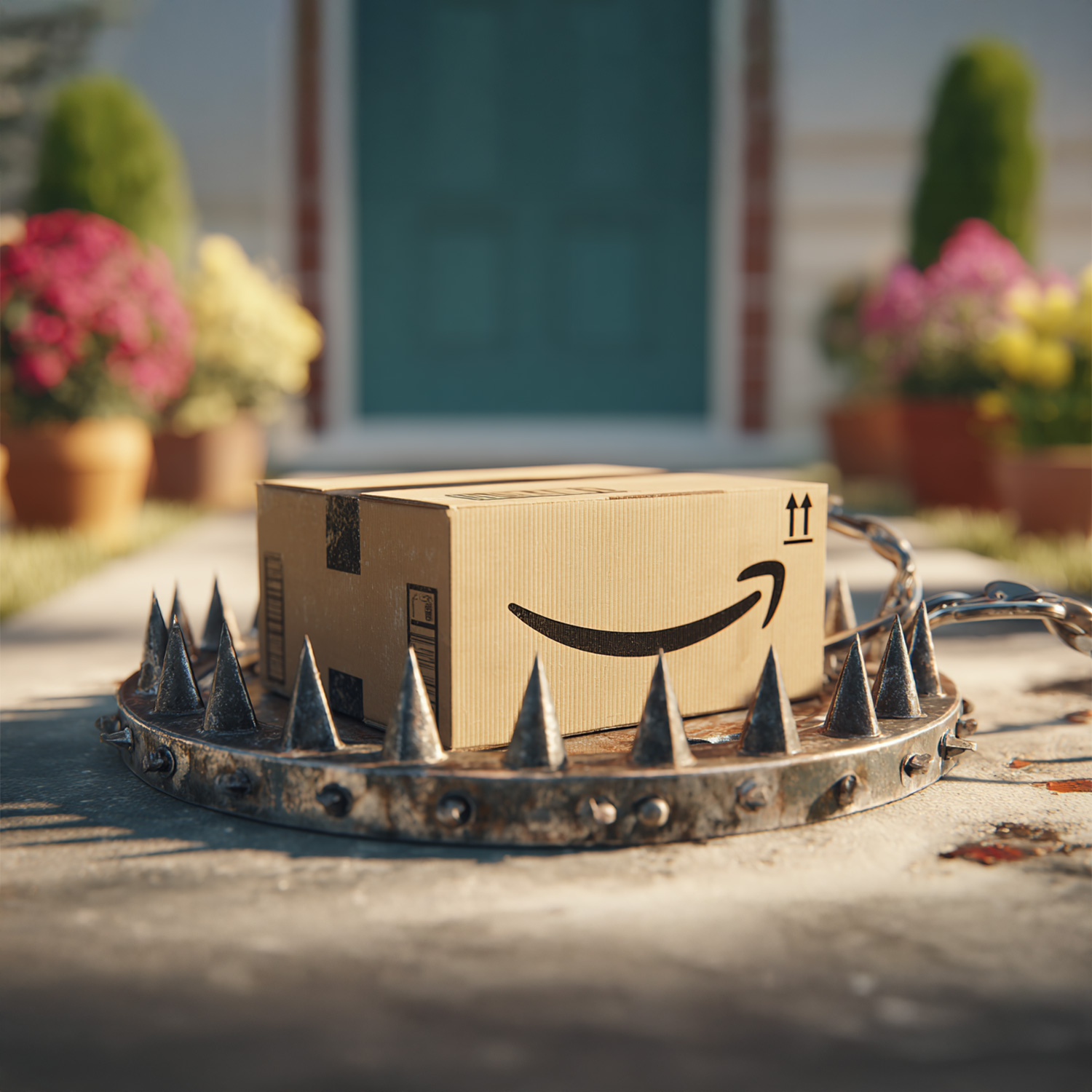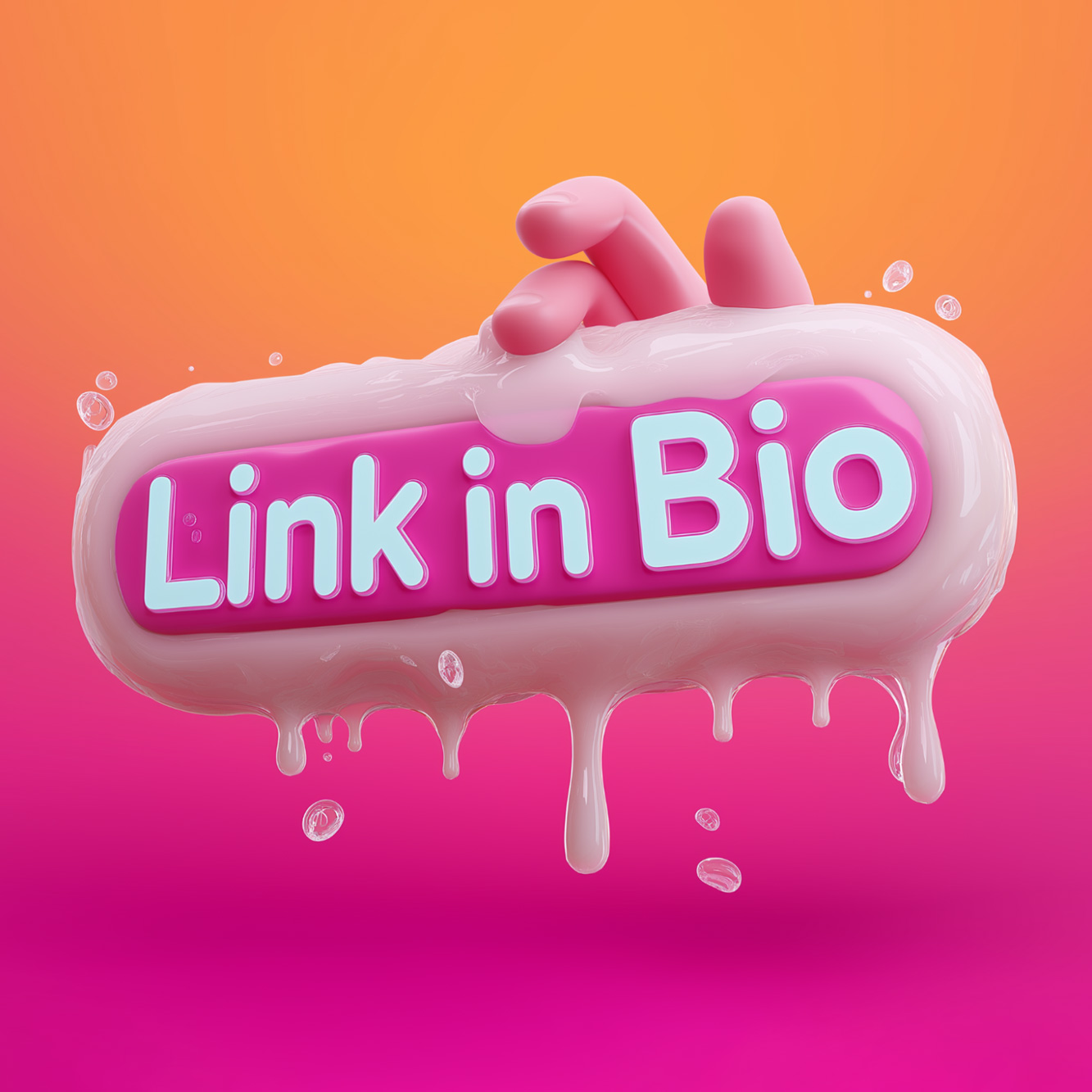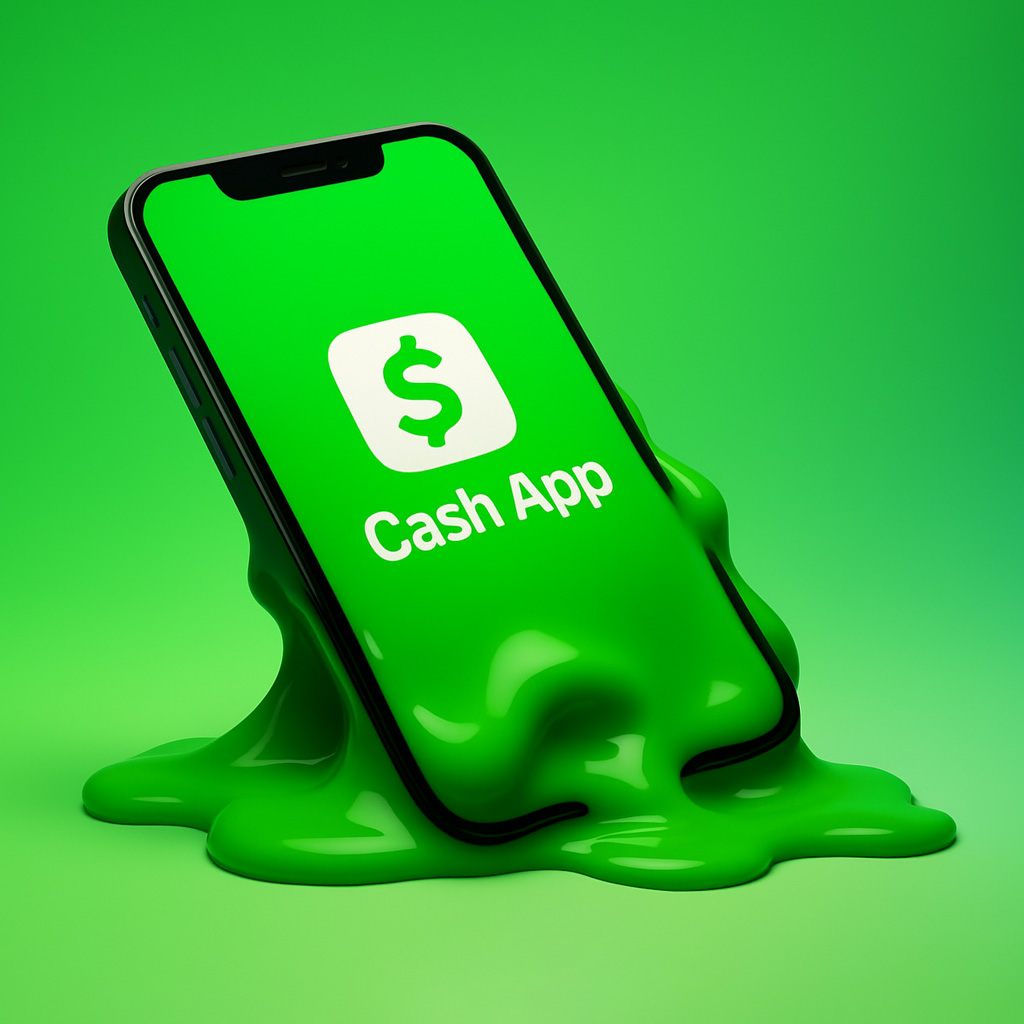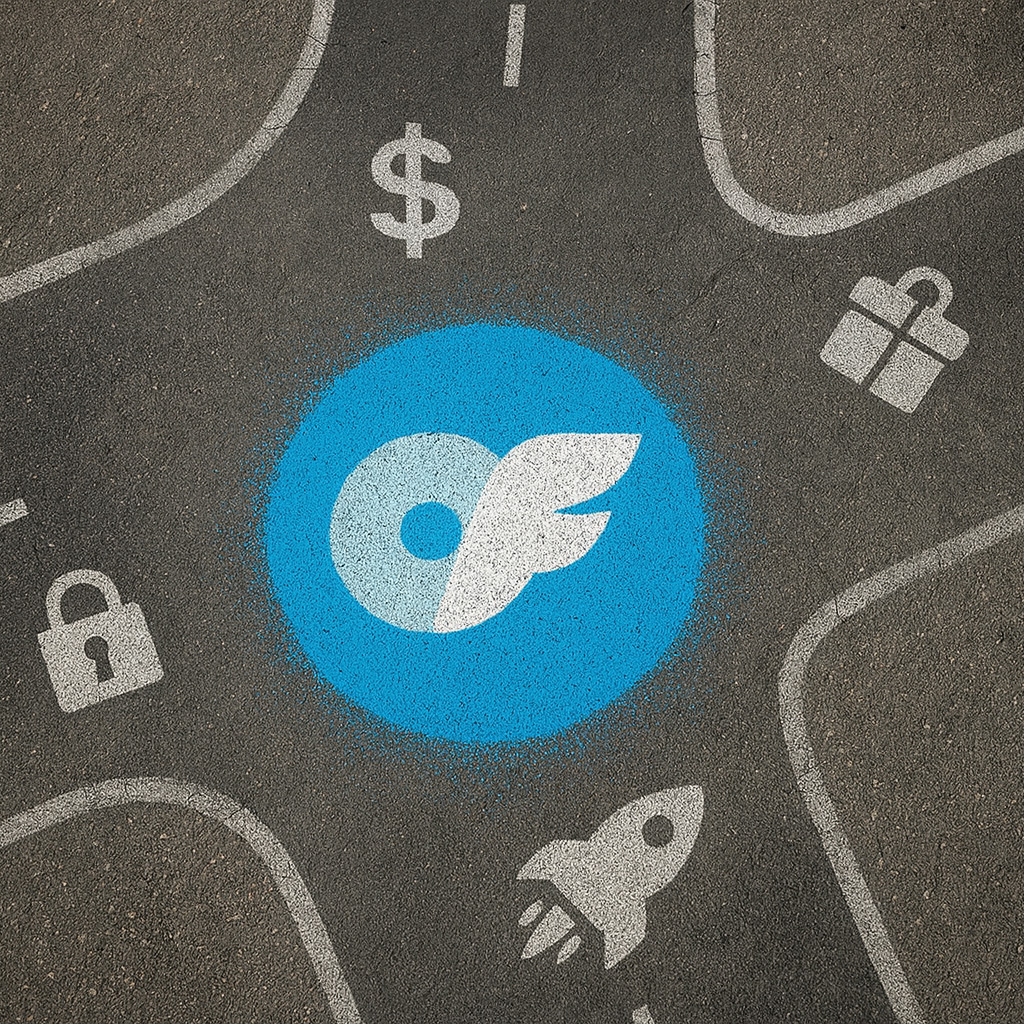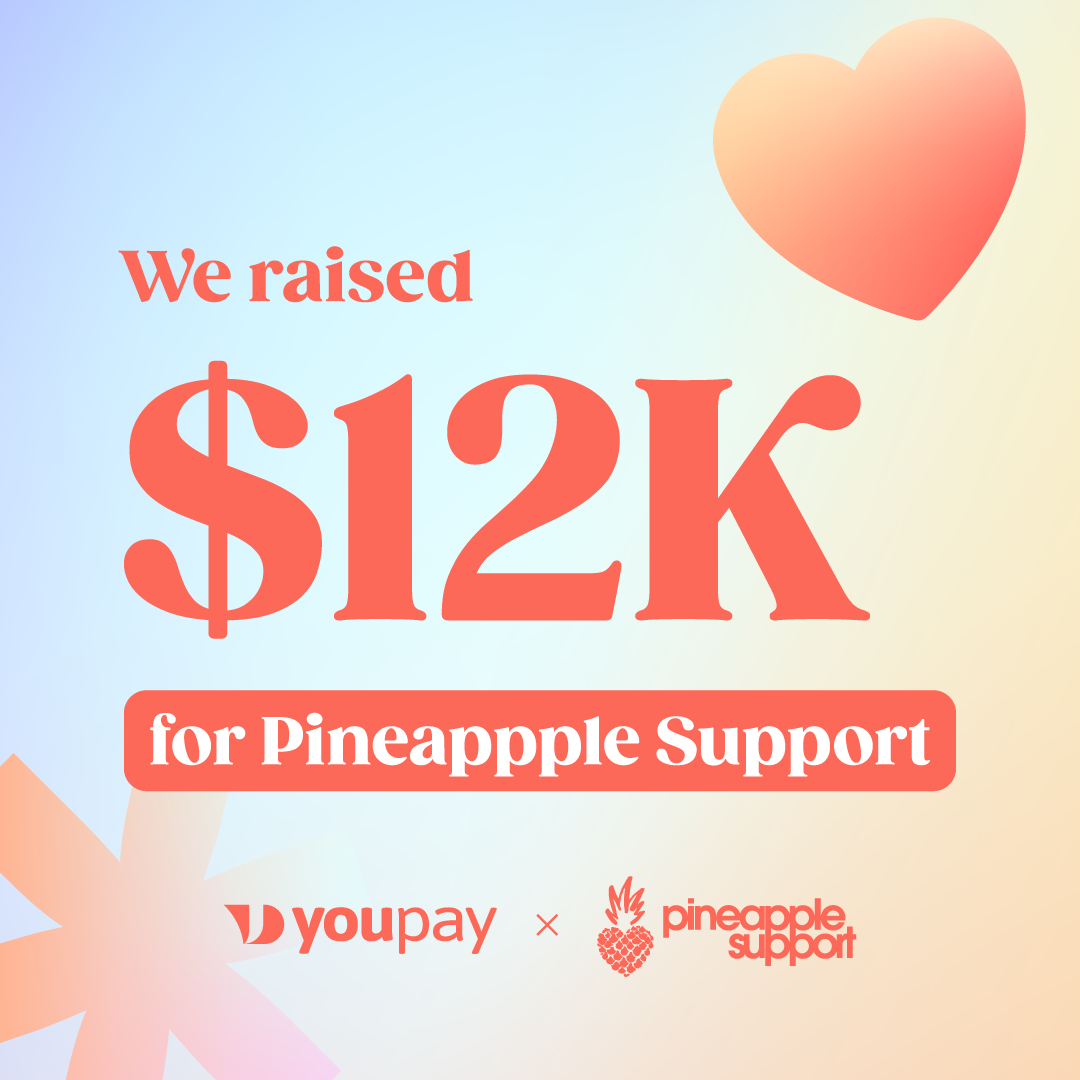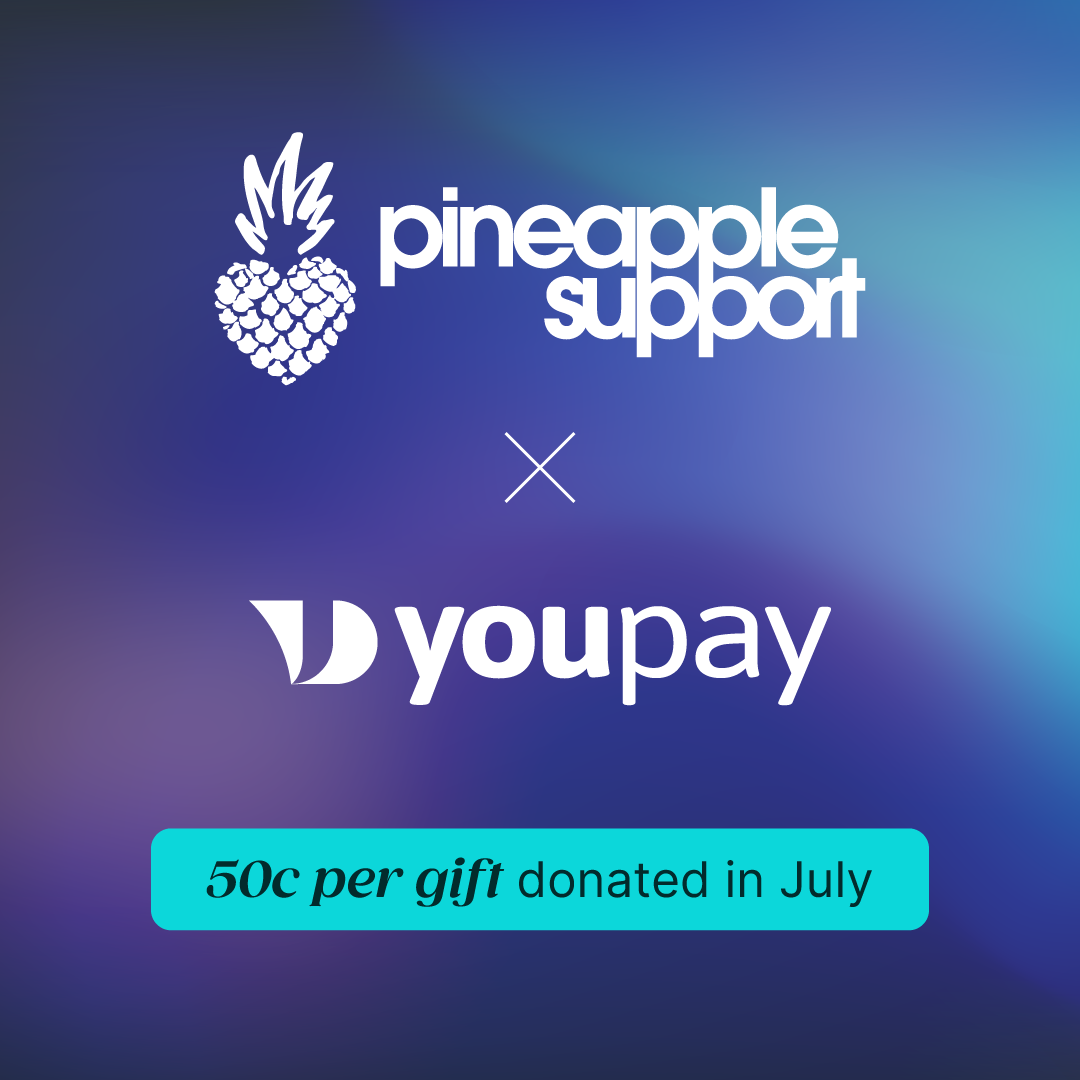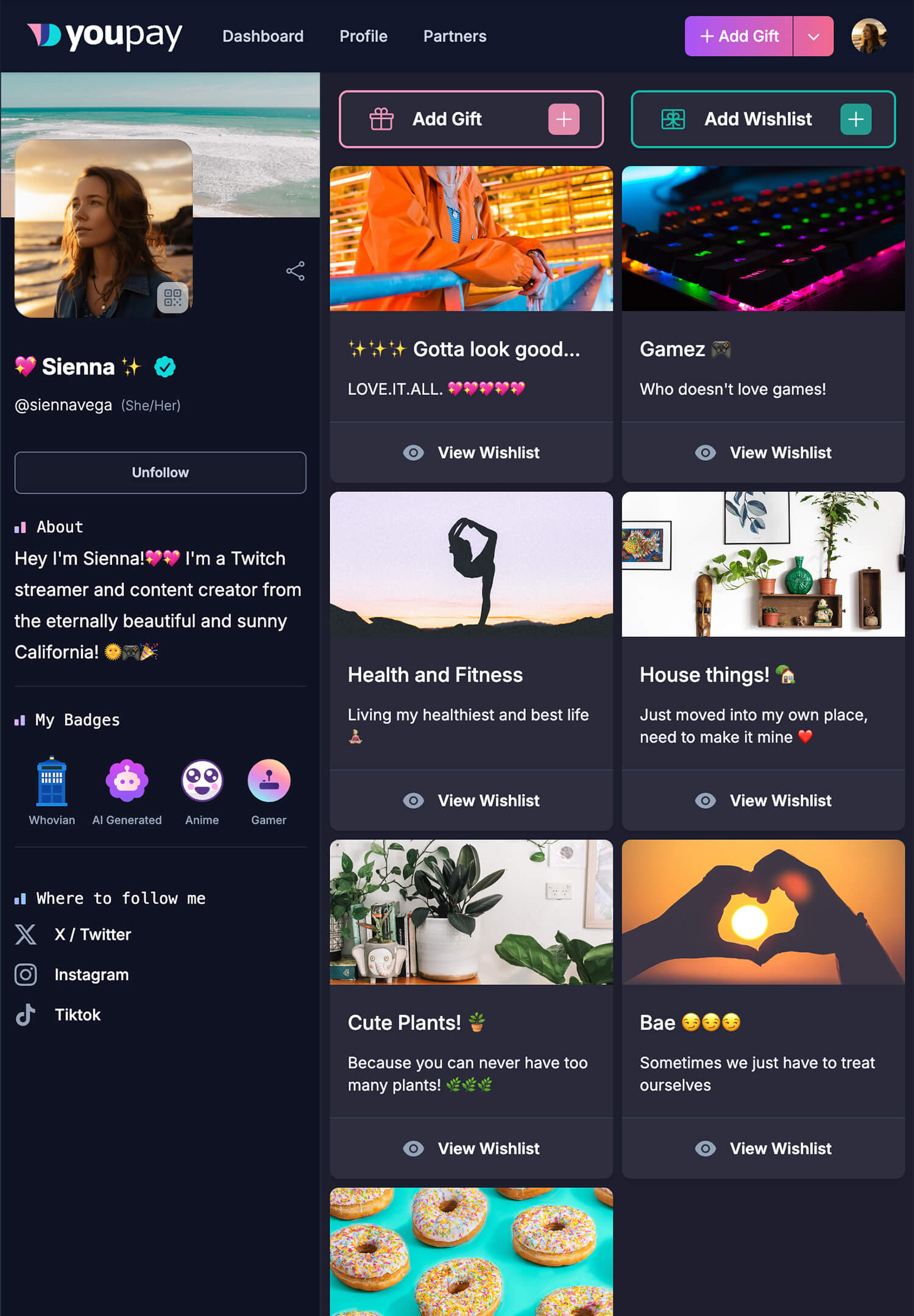GET WHAT YOU WANT

Stocking your wishlist
Your wishlist is kind of like a store, except YOU get the gift and your gifter gets the satisfaction of having given you a gift, of course! 🙂 Customizing your wishlist is a great way to show potential gifters who you are: setting a profile picture, a banner image, and linking to your sites and socials are the bare minimum: applying visual merchandising techniques that retailers use to your wishlist can increase the length of time people spend perusing your wishlist as well as the number and types of gifts purchased.
Here are some examples of visual merchandising techniques from online/IRL retail and how we can apply them to your online wishlist:
- Negative Space: Stores that sell luxury tend to have fewer items on the floor with a lot of empty space between them. A wishlist with 7 pages of $10-20 garments feels more like shopping at Forever 21 or a lower-end retailer compared to Nordstrom! Not to say you can’t include these items – we’ll talk about this later. Make sure gift thumbnails (as well as stock images you choose) are high quality & visually harmonious with each other.
- “Bundling” Products: visual merchandisers style mannequins with full outfits and items that fit the colour story, mood, or occasion to entice buyers. This works great with multiple mid/low-cost items. Put the milk foamer next to the espresso beans on your wishlist and you might get both! You can also bundle products via categories (eg a “spa day” category with face masks, bath bombs, a gift card for a pedicure, etc.)
- Feature and promote products that get changed regularly. Get in the habit of bookmarking things you want to add to your wishlist, and be ready to pull stuff off your list (and maybe try again with a different price point/photo/description) if it hasn’t moved in a while.
- Considering buyer attention span/knowledge level! Most people are lazy and won’t scroll to the end if it’s 10 pages long. They’re not googling what items are if it’s not obvious. If you must make a gargantuan 200-gift list, make sure there are a variety of price points represented on the first page, as well as your most wanted/featured gifts. (I’ll elaborate on price points in a couple of paragraphs.)
Your wishlist can be a great way to communicate your brand + connect with patrons who share similar interests/values. Think of a “lifestyle brand” like Urban Outfitters, Anthropologie, REI, etc. They have very clear ideas of who their customer is and what items fit in with their brand.
Are you the “sexy gamer next door”? A sustainability-minded bohemian who loves camping and DIY? High-maintenance brat of their dreams? Quirky cutie collecting weird taxidermy? A well-curated wishlist can help reinforce that brand + fill your house with things you want in the process 🙂 If you know what books your target audience reads, and what other interests they have/enjoy discussing, you can throw some relevant items that you want on the wishlist. For example, I talk about food a lot in my streams and on social media and get along with foodies, so kitchen items and gourmet ingredients are a no-brainer for me.
Promoting your wishlist
The best way to promote something on social without it feeling like promotion is to tell a story – if you want to get painting supplies, post something you painted! Appreciation posts are great for promoting your wishlist: they show that you’re grateful to receive gifts, and that the gifts purchased show up, which increases trust and functions as social proof (and sets a bar to beat for fans who are competition-driven!) Showing, rather than telling, demonstrates the value that the gift adds to your life.
For example: Someone buys you a Le Creuset Dutch oven. Take a picture of something you’ve cooked in it and tweet “Thank you for the beautiful Dutch oven (namehere)!! Made this beautiful (thing you cooked) in it today.”
Include a call to action in your post (eg “Support my cooking journey by visiting youpay.me/[yournamehere]”) and, if you can, a question or prompt for the reader! Replies to comments are great for social engagement so be sure to respond to their comments. Links in the first tweet of a thread can tank your visibility so maybe put those in as a reply (or by reposting a tweet with the link to your wishlist!)
Ask yourself: What is the VALUE of your gift? Who is going to want to buy you this and why?
Let’s talk about some examples of gifts and their nonmonetary value first, and what might motivate a gifter to choose it:
- A new camera/phone – improves your content – this makes a great crowdfund option as 90% of your audience is likely not in the economic position to just drop $800 on a gift. Listing $100 gift cards as a contribution option makes funding these big purchases more accessible.
- Outfit – makes a clip/photoshoot perfect – think specific cosplay, fantasy, your first latex so you can start doing latex clips, etc! With partner stores like Honey Birdette and Anoeses, YouPay makes this one particularly easy.
- Exercise equipment – improves your fitness/health (anyone who likes you wants this for you, plus muscle worship/fitness fetish is a thing so you can get content out of it!)
- Art easel – helps you get better at a hobby (can fit in with your branding, and an opportunity for the gifter to connect with you over a shared interest, potential content incentive example: paint and sip livestream!)
- Pet drinking fountain – not only will this improve your pet’s well-being (a lot of people are animal lovers too!!!) but it also humanizes you as a creator.
The more you can convey the value a gift would have to you and your business to your gifters, the better. You can do this via item descriptions, CATEGORIES, posts, bringing up your hobby or goal, in conversation, and on stream. I think writing down stuff you want and value to the gifter is a useful exercise because it also opens the pool up beyond what everyone thinks of as “easy” gifts to get (lingerie, toys, etc). It’s a way to figure out how to “spin” the items you want to make them seem appealing to gifters. A lot of people think only “sexy” gifts work but that’s just not true!
Some of the people looking at your wishlist specifically prefer to give gifts that are items rather than cash gifts, but a way to get around that psychological barrier is to connect cash gifts or Visa/Mastercard gifts with experiences. For example, $50 can be “Buy me lunch”, or $200 “Spa day.”
Now let’s talk about the monetary value of gifts aka PRICE POINTS
Little Treats: Inexpensive items <$20: Sometimes fans are self-conscious about having a small budget – especially when they see fans with deeper pockets buying you big treats. They may worry that their gift is not significant or won’t be appreciated as much. And sometimes creators are self-conscious about including lower-cost items too!
Try to include lower-priced items that
- Have nonmonetary value to your life far beyond their actual price (eg: a cast-iron pan – practical, durable, you’ll have it forever, you’re not eating unhealthy chemicals in the Teflon pans, easy to take a thank-you pic of food in it.)
- Are portrayed as a little treat that you can experience once a day/week eg a “buy me lunch/coffee” tip option, a pack of face masks, etc. It’s not just an $8 thing of your favourite biscotti, it’s $8 for you to enjoy your afternoon coffee that much more every day! 🙂
Let’s say your wishlist only/predominantly has little treats – you risk giving the “Forever 21” vibe we talked about earlier. You don’t want to give the Little Treat guy the impression that his $20 purchase of a pair of panties will sit in a big bin of 4000 other panties, forgotten. I personally limit cheaper items to <30% of my wishlist, make sure they’re different from each other, and rotate items in/out of my list as they get bought/if months pass without them being purchased.
Medium Treats: Figure out a price range that is accessible to a majority of your target customer demographic or that you tend to receive as a tip amount. Not much to say about this one. Gift cards in the $20, $50, $75 range for useful everyday items are always a staple item on any wishlist.
Big Treats: items over $100 (or $200, or $5000 – up to you): Here we encounter another barrier: the pool of people who are able (and willing) to spend that much is significantly smaller. There is a type of gifter who will immediately gravitate towards the bigger ticket items because of a competitive personality, urge to impress you/stand out, etc. Maybe it’s a client who’s gotten you smaller gifts in the past but he’s just gotten a bonus and wants to get you something really special. This is why I suggest always having a handful of items that are beyond what you think somebody would spend – you can always find less expensive versions later!
Ideally, you should have a mix of big/medium/little treats on your list. Let’s use Urban Outfitters as an example again. The most expensive item in their “lifestyle” section (home goods and other non-apparel items) at the time of writing is a Polaroid I-2 Instant Camera for $690.00. The least expensive trinkets/snacks come in at around $5. A shopper with a $10, 100, or 1000 budget can all shop here. Having a variety of cash/item gift options at a range of price points will increase the number of gifts you receive overall.
WHO are your gifters?
Ok, we’ve talked about what to put on your wishlist, and why someone would buy it for you – that leaves “who’s buying you this?” Is it the big spender looking to make a great first impression… or a more tentative spender who might buy smaller gifts at first until they get to know you? Take this and other demographic factors into account while naming/writing descriptions for gifts.
For example: If 90% of your audience is cishet men, the majority are not gonna know WTF a “NuFACE® Trinity” is or why it’s $350+ dollars. They are NOT going to Google it. Frame it as a “way for you to enjoy spa-quality treatments at home,” cutting-edge tech that makes you feel pampered.
You can work backward from the value to figure out how to get it funded in parts. Let’s say you want to go on a 7-day trip with your friends that will cost $2,000 ($500 flight, $150/night accommodation, ~$450 left over for activities). So the ultimate goal here, and what you need to convey to prospective gifters — is the value of you enjoying a stress-free trip with everything covered by gifters.
You might put it on your wishlist as:
- Single cash gift OR contribute towards a goal of $2,000. This is difficult to get funded by anyone other than the wealthiest 1% (or less) of potential gifters. If someone is already this emotionally invested in you, you’re probably able to ask them for this amount directly anyway.
- Multiple gifts: A trip can be broken down as a mix of cash gifts and gift cards, like AirBnB for your stay, Uber for transportation on your trip, and flights to get to and from your destination! You can also list travel-associated items (think a new carry-on, travel converter, even a vacation wardrobe!) You can divide the cost of the trip by 7+ and have a $200 “sponsor a day of my trip!” as your option. Everything goes in one wishlist category named “Summer Adventure!” or “Girls Trip 2024.” With multiple gifts, anyone can contribute at any price point.
It’s important to remember to look at your wishlist from a gifter’s perspective and make it approachable and easy: when you do, it’s easier to use your wishlist to get what YOU want, not just what gifters want to send.
If you would like to sign up to YouPay please click the link here:
https://youpay.me/register
